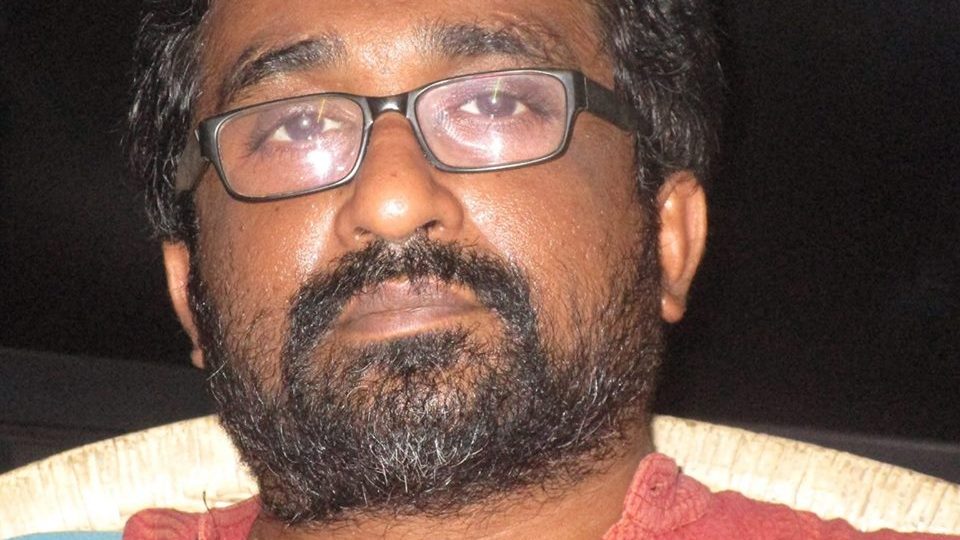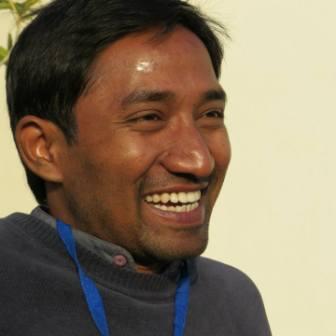Bobby Kunhu
While, sexual intercourse in dominant discourse is located foundationally within a heterosexual patriarchal paradigm and rape is a violent extension of the same. The act is deeply orchestrated by existing hegemonies that define the society in which it is enacted. This is the reason that women’s bodies and sexualities are often primary targets in violent social conflicts right from the time human beings evolved as social animals. References to this can be found in seminal texts of all religions. In what is venerated by Semitic religions – viz. Judaism, Christianity and Islam, there is the story of the genocide of Canaanites and Midianites, where men and sexually active women were killed and virgins and children enslaved – of which some of the virgin women are offered to Jehovah. The Semitic philosophy regarding this – completely ethnicist – is contained in Book of Deuteronomy 20: 10-20
“When you march up to attack a city, make its people an offer of peace. If they accept and open their gates, all the people in it shall be subject to forced labor and shall work for you. If they refuse to make peace and they engage you in battle, lay siege to that city. When the Lord your God delivers it into your hand, put to the sword all the men in it. As for the women, the children, the livestock and everything else in the city, you may take these as plunder for yourselves. And you may use the plunder the Lord your God gives you from your enemies. This is how you are to treat all the cities that are at a distance from you and do not belong to the nations nearby.
However, in the cities of the nations the Lord your God is giving you as an inheritance, do not leave alive anything that breathes. Completely destroy[a] them—the Hittites, Amorites, Canaanites, Perizzites, Hivites and Jebusites—as the Lord your God has commanded you. Otherwise, they will teach you to follow all the detestable things they do in worshiping their gods, and you will sin against the Lord your God.
When you lay siege to a city for a long time, fighting against it to capture it, do not destroy its trees by putting an ax to them, because you can eat their fruit. Do not cut them down. Are the trees people, that you should besiege them? However, you may cut down trees that you know are not fruit trees and use them to build siege works until the city at war with you falls.”
In Brahminical mythology, Bhagvata Purana, Krishna after defeating Narakasura takes 16000 women in the latter’s harem as his wives – in other words spoils of war. The Purana further delves into macho chest thumping celebrating Krishna’s virility in keeping all his wives satisfied, their sexual fidelity to him and the fact that Krishna gives each of the women 10 children each. The propertized and casted nature of sexual relationships is institutionalized within the Dharmasastras. Examining the most visible and famous of the Sastras –Manusmriti;
“A Shudra who has an intercourse with a woman of the higher caste guarded or unguarded shall be punished n the following manner; if she was unguarded, he loses the offending part; if she was guarded then he should be put to death and his property confiscated. (VIII, 374)”
“A woman is not liable for punishment if she has sex with a man from the ‘higher castes’. But she is due for harsh punishment for having sex with a man from a ‘lower caste (III, 8.365)’
“A Shudra can only marry a Shudra woman; a Vaishya can marry any of the two; a Khastriya can marry a woman from his clan or any woman from the clans below him; while a Brahmin is eligible to marry a woman from any of the four clans (III,3.13)”
“A woman, at no stage in her life, is fit to be independent – the father should guard her until she is married, the husband during her adult life, and the son in her old age. (I, 9.3)”
As against the Jehovian order that was based on tribes chosen by God, the social order of Brahminism was based on divine favour towards the savarna castes. One of the tools of control over the hegemonic social order continues to be control over women’s bodies. One of the forms of this control can be seen in rape and social response towards rape. Now, it has to be made clear that the idea of caste is much more complex than the four varnas – it is in reality a complex network of castes, sub-castes and kinships – with the Brahmins at the top and therefore the idea of caste hegemony isn’t just about dwija castes claiming proprietorship over shudra or avarna women – but sexual violence within caste groupings – where the recipient of violence is almost always located at lower caste locations. In other words, what I am trying to say is that it need not be Brahmins who “rape”, but Brahminism is at the root of sexual violence and social response to sexual violence in a casted society.
It is precisely in this context that the gang rape of a 15-year-old migrant worker in Idukki district of Kerala and the state and social response to the same needs to be seen. Despite claims to progressiveness, Kerala remains a deeply patriarchal society polarized by caste and religion. The very fact that the mythic love jihad evolved in Kerala and got its first legitimacy from a asvarna judge of the Kerala High Court, despite evidence to the contrary and the so-called atheist and secular spaces are crowded by elite castes across religions are some evidences of Kerala’s social fabric.
Migrant workers that Kerala state patronizes as “Guest” workers and the larger public derogatorily calls “Bengalis”, regardless of their ethnic or linguistic backgrounds are locally perceived as criminally inclined, incompetent, lazy and dirty, but a necessary evil, especially given that most of the original skilled and unskilled working castes of Kerala have achieved marginal social mobility and are politically and socially assertive and most often refuse to take the casteist shit doled out to them. In other words, the migrant worker has replaced the lower castes at the bottom of the rung – across religions.
In the above case, the girl had gone to visit a tea plantation at Poopara, Idukki along with a male friend. When they were inside the tea garden, six Poopara residents attacked the girl’s male friend and raped the girl. While, the News Minute reported that the male friend screamed for help and local residents came to the spot to provide assistance, Manorama reported that the friend had run away. All media without exception thought it important to point out that the couple had brought alcohol from the local beverages shop and the friend had consumed the same, when the violence occurred. The reportage of this irrelevant fact to a gruesome incident can only be attributed to the usual tactic of victim blaming and stereotyping of migrant workers as irresponsible. The irresponsibility of drinking, and drinking alone with a woman are subtly being offered as provocation for the rape. To top it, most of the media also reported that this male friend was “taken into custody” for interrogation. Legally, this person could only be “interviewed” as a witness. But that did not matter, he had to be demonised, as much as, if not more than the rapists.
In the aftermath of this incident, the garrulous Malayalam news channels were busy discussing another sexual offense, where a savarna actress was raped by a savarna actor – there is an element of glamourous other-worldliness about the topic, while the raped migrant worker, her beaten up male friend and Kerala’s xenophobic and casted, but needy intolerance towards migrant workers lay resting in the tea plantation of Poopara, leaving most hegemonies outside the bounds of the gender discourse.
“Dalit women’s bodies are being used to assert caste supremacy and keep women “in their place”. Perpetrators from dominant castes know they are likely to go unpunished because every branch and echelon of the system is weighted in their favor, and this impunity for rape creates an enabling environment that fosters further abuse.”- Jacqui Hunt
~
Bobby Kunhu is a lawyer, researcher and writer.









